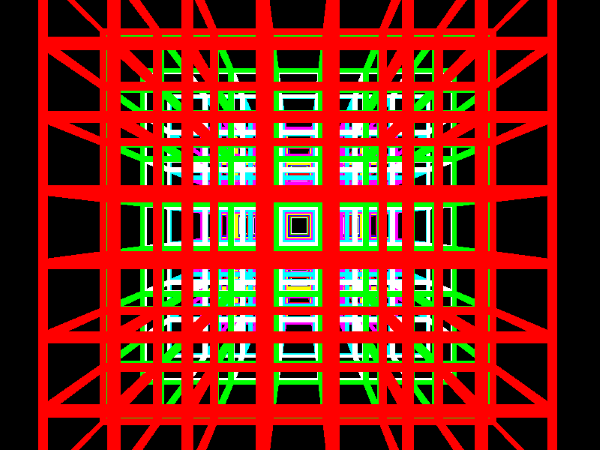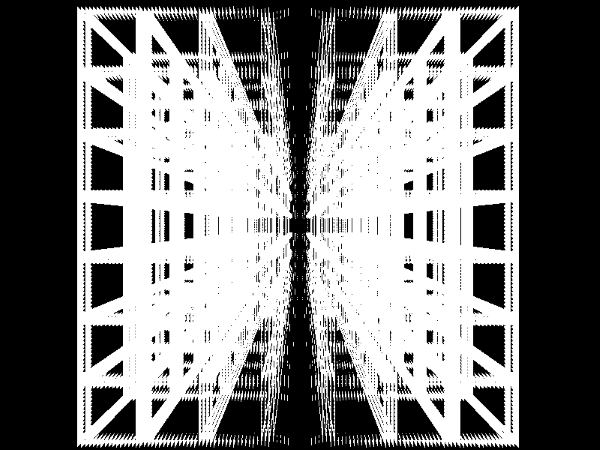Beerman's adventures in voxel-land, part 2 : Blowing Chunks
Been a manic weekend - between getting stranded in a pub all afternoon while out buying a new Beermobile (I know. My life, it is filled with troubles…) and general weekend activities, I managed to squeeze in a couple more evenings of coding time on the voxel project. It’s starting to come together quite nicely now.
Previous Entries : Intro Part 1
Day 3 :
Well, that turned out to be a fairly productive evening. First off, I took the working Block rendering code from the end of day two, and broke it out into a separate Chunk class to keep things tidy. With that working, I added a Chunk manager to keep track of multiple chunks.
Since I’m in full “build one to throw away” mode here (also, very lazy), I’m keeping it restricted to what I need for the current project. That means the current iteration of the Chunk manager is hard coded to work with a scrollable arbitrary length world of 7x7 chunk “slices” - effectively a long tunnel (coincidentally, I was thinking a Star Wars style Trench Run game might make a good candidate for a second game to build on this).

So, at the end of day 3 I’ve got a functional proof of concept up and running and flying back and forth through a 7x7x100 mesh of voxel Chunks. At 3FPS, performance leaves a little to be desired though - hardly surprising since each individual cube in the world is currently issuing a separate OpenGL drawArrays call for a total of 86240 cubes per frame.
Fixing that will obviously need to be the focus of day four’s efforts, but before that :
 Uh-oh!
Uh-oh!
Yeah, I should probably fix that first…
Day 4 :
Didn’t get a chance to work on this over the weekend, because cars, but here’s the hour or so’s development I managed to squeeze in on Monday night. First up, I made that annoying memory access error go away - turns out calling win.Close() mid-render isn’t very sensible. Moving it to outside the render loop made it start behaving itself.
After that I got down to speeding up the rendering to something slightly more sensible. The main problem was that every single voxel being displayed was making its own OpenGL draw call - hardly efficient, but I’m working on the principle that I’d rather see the naive implementation working right away than spend a couple of hours crafting something optimised and then not know why it’s not doing anything.
So, the obvious speed enhancer is to build a mesh per-chunk, as described here.
Right now, again for speed of development, it’s generating all the meshes on startup, which gives me something like a 9 second delay before anything starts rendering, but once it does it’s hitting a solid 60FPS and we’re down from 82000 draw calls to 490. There’s just one slight problem…
 I’m not sure what I’ve done here, but it looks pretty cool
I’m not sure what I’ve done here, but it looks pretty cool